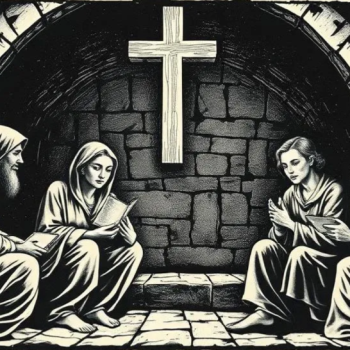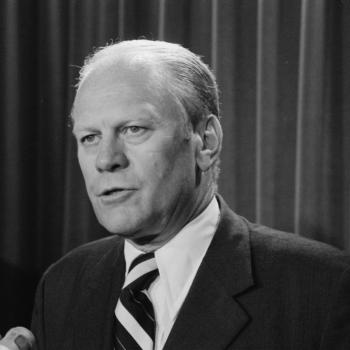Storer, the American Medical Association, and the state/territorial medical associations were wonderfully successful. Connecticut and Pennsylvania passed strict anti-abortion laws in 1860. By 1880, nearly every state and territory had new legislation that made it a serious crime to induce abortions unless the mother's life was in danger. Most of these stringent state laws against abortion were virtually unchanged until Roe v. Wade overturned them in 1973.
Storer not only initiated efforts that led to passage of stringent legislation against abortion, he also worked to make the public aware that abortion was a crime. His primary tool was a popular book, Why Not? A Book for Every Woman, firstpublished in 1866. "Physicians have now arrived at the unanimous opinion," he wrote in one chapter, "that the foetus in utero is alive from the very moment of conception." "The law, whose judgments are arrived at so deliberately, and usually so safely, has come to the same conclusion . . . By that higher than human law," Storer continued, "the willful killing of a human being, at any stage of its existence, is murder."
Why Not? A Book for Every Woman persuaded many women to allow their pregnancies to go to term and many wrote to Storer, thanking him. The book also was used by Ohio as a basis for their passage of stringent abortion laws. Some women still sought abortions, but the new laws made it harder for the abortion seeker to find an abortion provider. A few "quacks" induced abortions, but almost all legitimate physicians in the 19th and most of the 20th century echoed Storer in condemning the practice of abortion. Scores of physicians expressed their strong objections in medical journal articles and a number described their successes in persuading women who requested abortions to continue their pregnancies.
Storer returned to his anti-abortion efforts late in the 19th century because he perceived that the public and even some physicians had become apathetic on the issue. However, the laws against abortion were still there. We can be certain that these laws resulting largely from Horatio Robinson Storer's prodigious efforts sharply reduced the former high rate of abortion among married Protestant women and kept this rate low for a century.
This brings us to the legacy of the laws against abortion overturned by Roe v. Wade. From 1860 to at least 1973, those laws saved the lives of millions of babies who would otherwise have been aborted. Most of these millions of babies grew to adulthood. Most married, had children, had grandchildren, had great-grandchildren, and even had great-great-grandchildren. Unless you or your parents are recent immigrants to the U.S., it is fairly certain that one or more of these pregnancy survivors are among your two parents, four grandparents, eight great-grandparents, and sixteen great-great-grandparents. You, dear reader, are very likely a part of the legacy of the laws that existed before Roe v. Wade.




